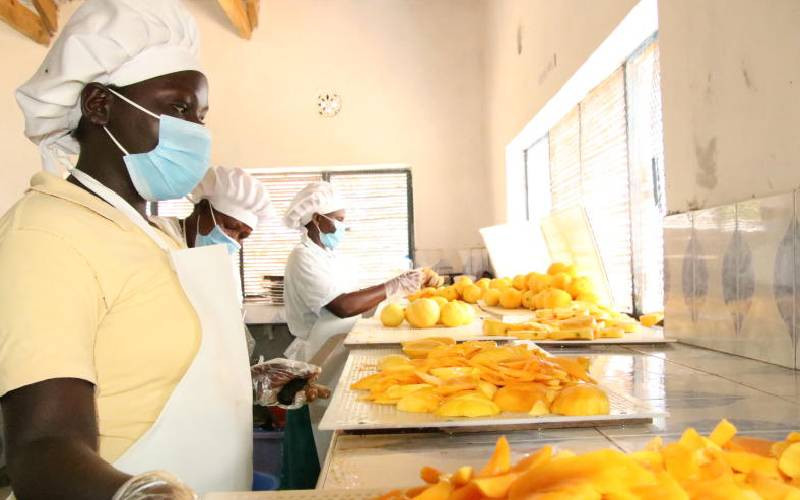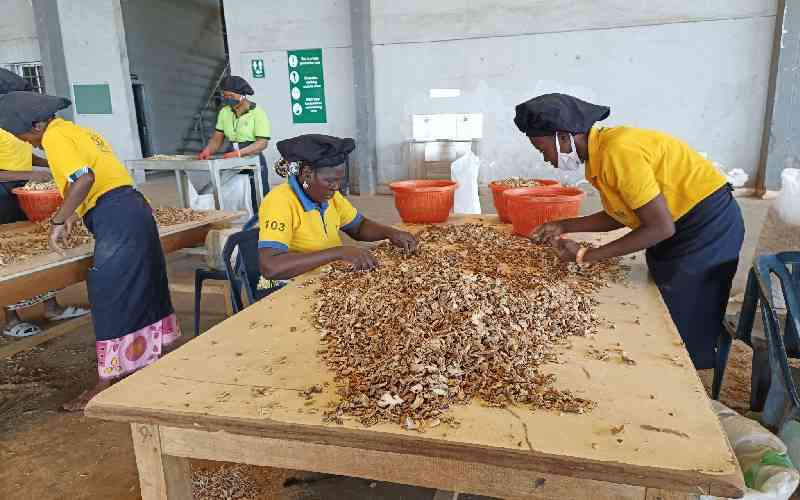
The Kenya Wildlife Service (KWS) has said that the Wildlife Conservation and Management (Access and Conservation) (Fees) Regulations, 2025 are not only about revising fees but also to redefine the future of Kenya’s conservation legacy.
KWS Director General Erustus Kanga said that the regulations will strengthen the agency’s financial sustainability, saying that currently, they collect Sh7.98 billion annually in conservation fees from national parks and reserves.
Under the proposed framework, this figure is projected to grow to Sh16.5 billion by 2028.
“This revenue is the lifeblood of our conservation work, it will sustainably fund rangers, restore habitats, improve visitor facilities and empower communities living side by side with wildlife,” he said during a validation forum on review of the regulations.
The DG also said the proposals promote inclusivity, noting that they have taken into account vulnerable and special groups.
For instance, Persons with Disabilities (PwD) will be exempted from park entry fees, senior citizens aged 70 years and above from East Africa will enjoy free access, and children under five will not pay.
Additionally, he said the tour guides, drivers, porters, and boat operators—the men and women who serve at the very frontline of our tourism industry—will also enjoy free access into national parks.
He also told the forum that the regulations diversify visitor experiences, explaining that beyond the traditional game drive, the new regulations open doors to immersive experiences like animal tracking, conservation activities, cultural tourism, and adventure tourism, among others.
“These experiences will encourage visitors to explore the lesser-known parks, stay longer, spend more, and return often, strengthening livelihoods for local communities and creating new opportunities for our youth in the wildlife economy.
For decades, Kenya has stood tall as the home of majestic elephants, roaring lions, vibrant coral reefs, soaring mountains, and endless savannahs that have captured the imagination of the world. This heritage is not only ours, it is entrusted to us by past generations, and we hold it in trust for generations yet to be born,” he explained.
He said that safeguarding the wildlife and ecosystems comes at a heavy investment.
“A lion in Tsavo East National Park must be protected from poaching. A turtle hatchling in Watamu Marine Park must find its way to the ocean. Rangers must patrol day and night, aircraft must fly, and communities living alongside parks must benefit if conservation is to succeed. Without adequate funding, conservation risks becoming a dream deferred. It is for this reason that, guided by the law and by duty, KWS has developed the Wildlife Conservation and Management (Access and Conservation) (Fees) Regulations, 2025,” he explained.
According to the DG, wildlife conservation is not a luxury but a duty of justice to the country and the people, stating that once an elephant is poached, it is lost forever, once a coral reef bleaches, it may never return and once communities lose faith in conservation, the country loses.
He insisted that the regulations are not about a change in price but the value conservation in the national development.
Stay informed. Subscribe to our newsletter
He also said it is about ensuring that when a Kenyan child walks into Nairobi National Park, they can still see a rhino grazing against the backdrop of the city skyline.
He emphasized the value of knowing that a fisherman in Lamu continues to benefit from a healthy marine ecosystem and that every international visitor leaving the have deep respect for Kenya as a global leader in conservation.
“I want to assure that the resources generated from these fees will be directly reinvested to enhance your experience in our parks and reserves. We are prioritizing the urgent upgrading of visitor facilities—especially toilets, access roads, and rest areas—to meet international standards and ensure dignity and comfort for all,” he said.
Kanga also said they seek to scale up targeted marketing for both flagship and lesser-known parks, boosting awareness, diversifying demand, and distributing visitors more evenly across the country to not only enrich the visitor experience but also strengthen the tourism economy that supports thousands of livelihoods.
“The Wildlife Conservation and Management (Access and Conservation) (Fees) Regulations, 2025, are not just necessary—they are urgent. They are bold. They are the bridge between the Kenya we are today and the Kenya we aspire to be tomorrow.
I call upon all stakeholders -government, industry, communities, the media and citizens—to walk with us. To embrace these changes, not as a burden, but as an investment. To look beyond today’s fee and envision tomorrow’s promise: a thriving wildlife population, sustained livelihoods, and a legacy that endures forever,” he said.
In July, KWS unveiled the bold proposal to review park access fees for the first time in 18 years, as it seeks to address a Sh12 billion annual funding shortfall and boost conservation efforts aimed at safeguarding Kenya’s iconic wildlife and natural heritage.
The proposed changes seek to ensure sustainable financing for KWS operations, which have been severely strained by rising costs, stagnated income, and escalating threats to biodiversity.
In the 2024/2025 financial year, KWS generated about Sh7.9 billion against a requirement of Sh19.79 billion, and called for the need to close the funding gap.







